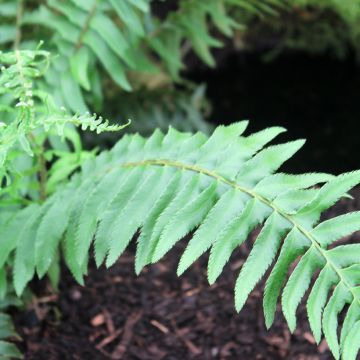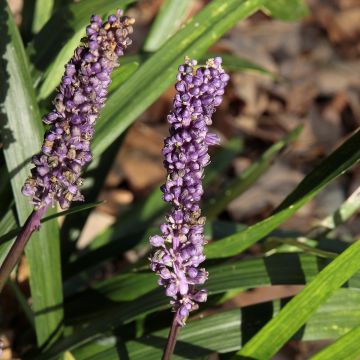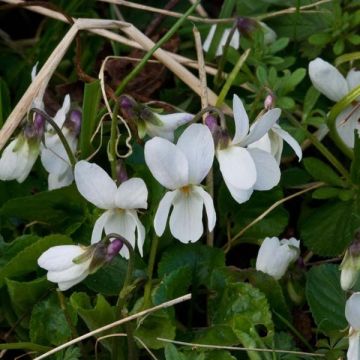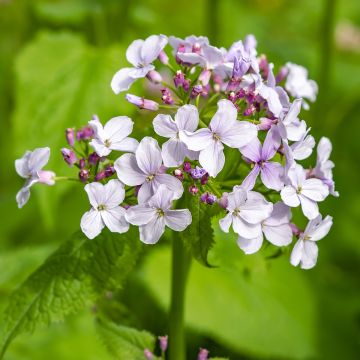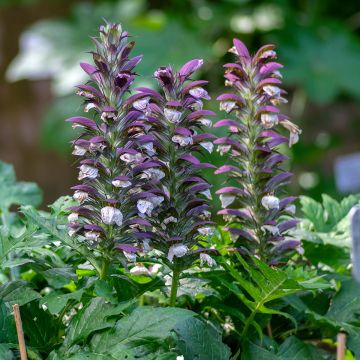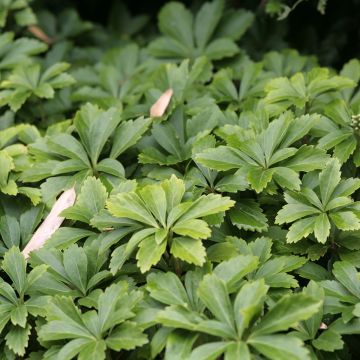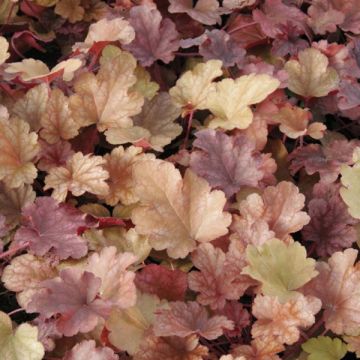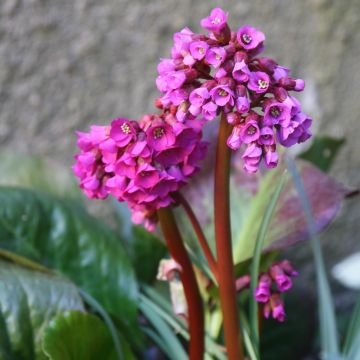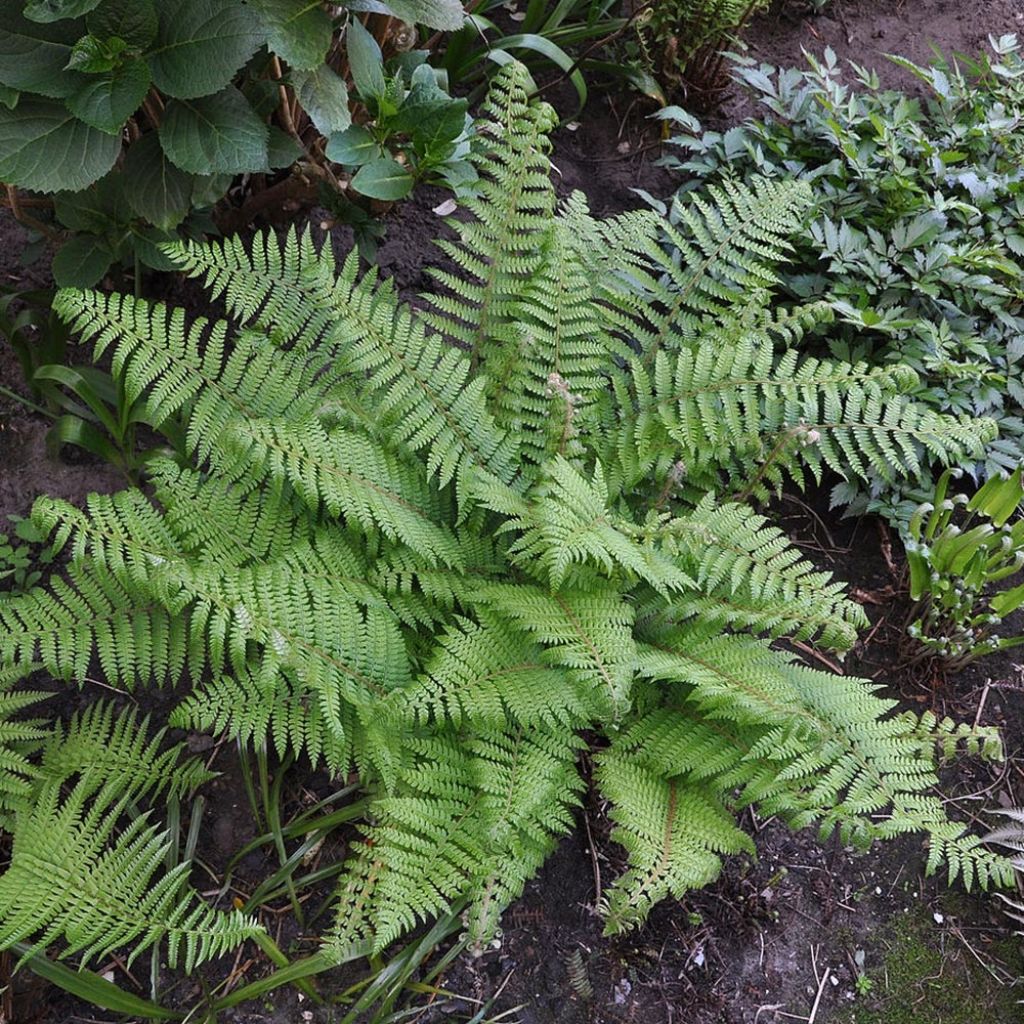

Polystichum setiferum Herrenhausen - Soft Shield Fern
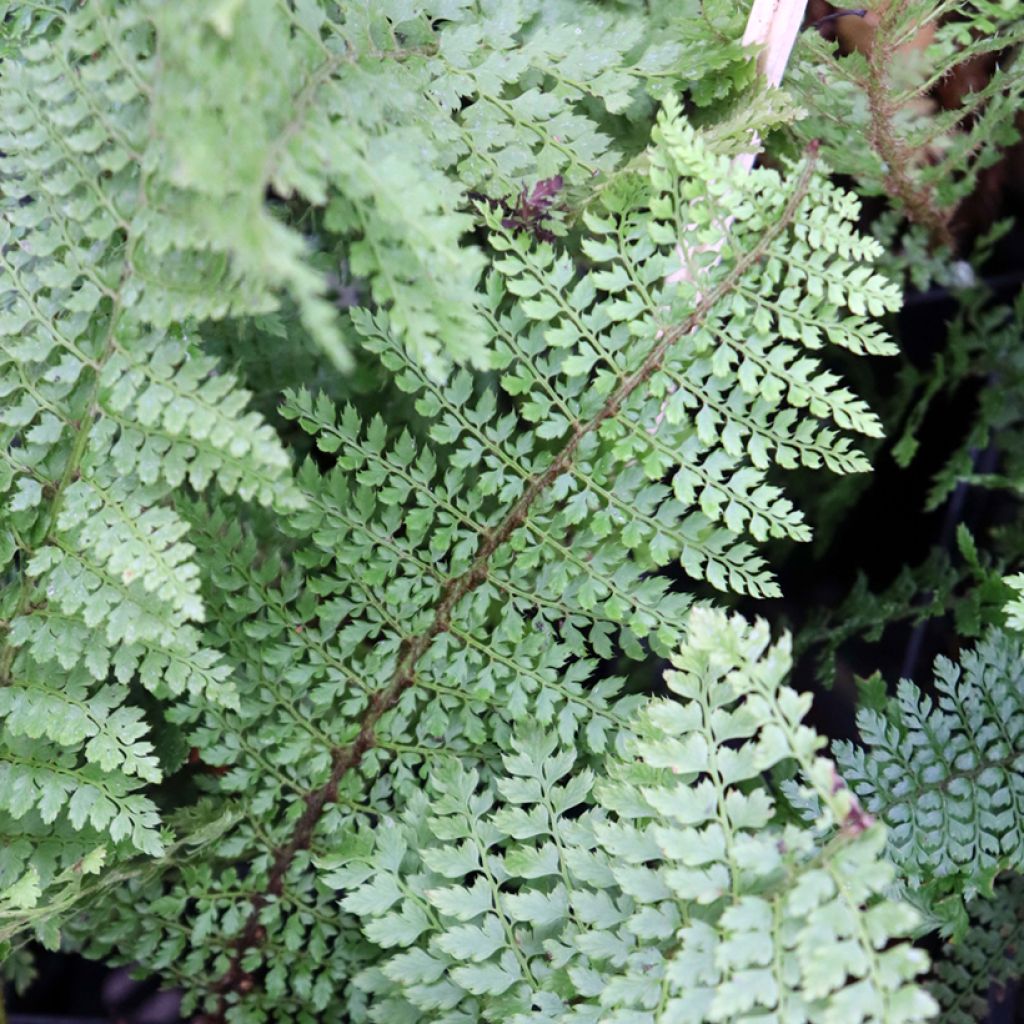

Polystichum setiferum Herrenhausen - Soft Shield Fern
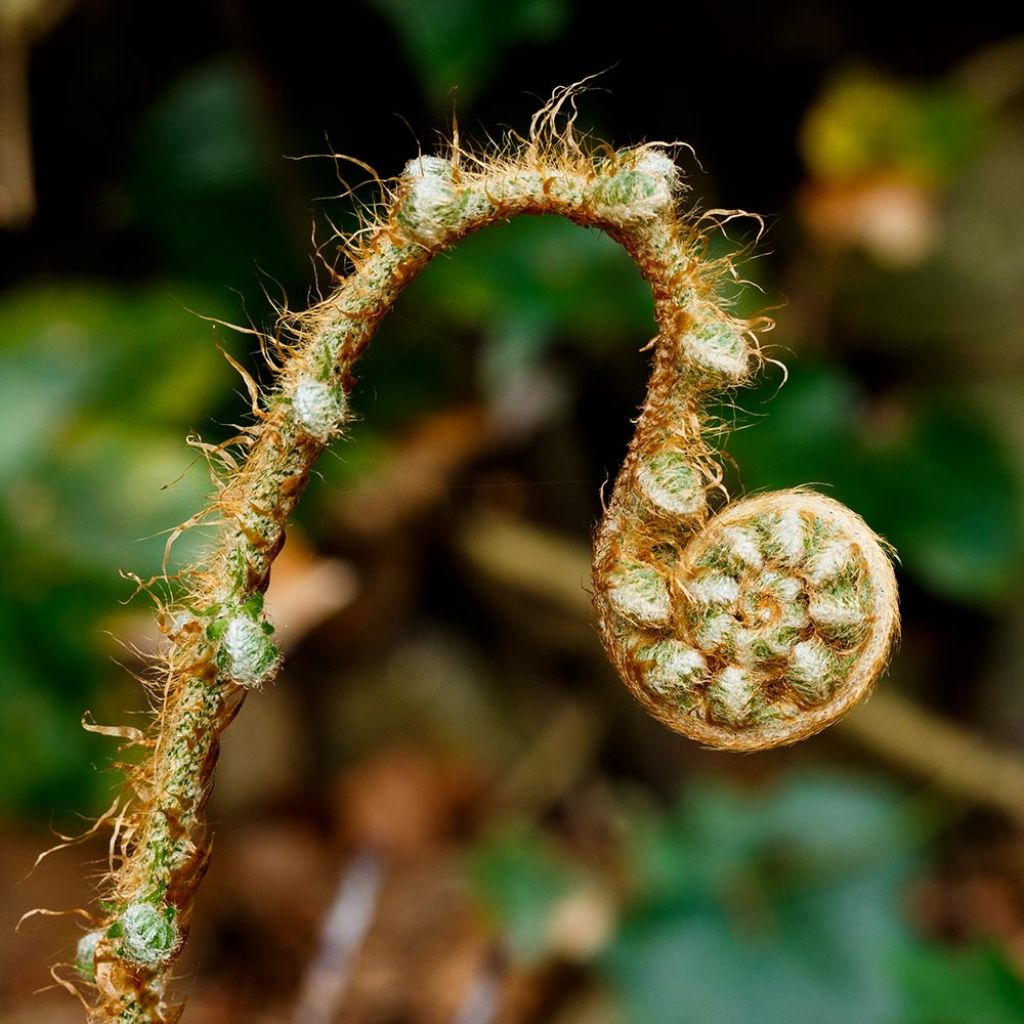

Polystichum setiferum Herrenhausen - Soft Shield Fern
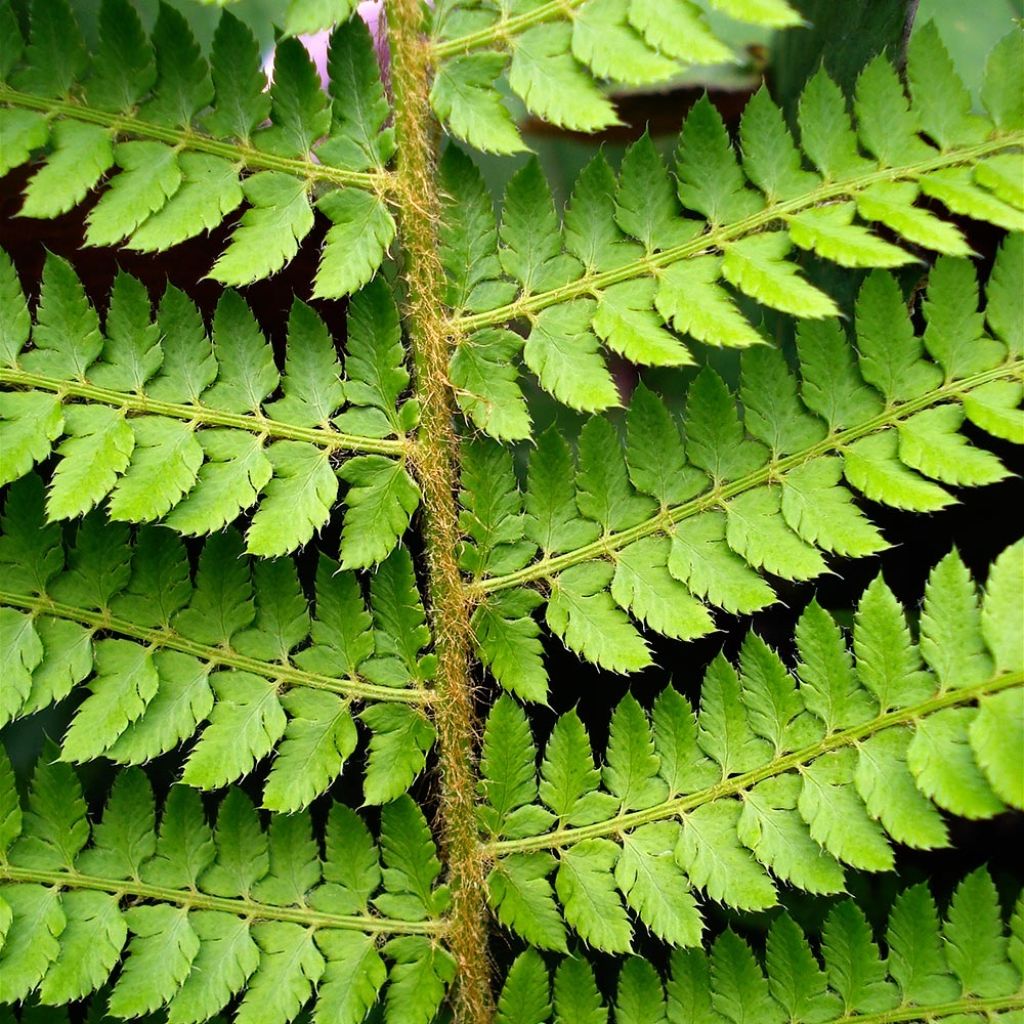

Polystichum setiferum Herrenhausen - Soft Shield Fern
Polystichum setiferum Herrenhausen - Soft Shield Fern
Polystichum setiferum Herrenhausen
Soft Shield Fern
Perfect plant, has a great habit, no worries. Thank you.
NICOLE, 21/06/2022
This item cannot be shipped to the selected country
Delivery charge from €5.90
Delivery charge from €5.90
More information
Schedule delivery date,
and select date in basket
This plant carries a 12 months recovery warranty
More information
We guarantee the quality of our plants for a full growing cycle, and will replace at our expense any plant that fails to recover under normal climatic and planting conditions.
From €5.90 for pickup delivery and €6.90 for home delivery
Express home delivery from €8.90.
From €5.90 for pickup delivery and €6.90 for home delivery
Express home delivery from €8.90.

Does this plant fit my garden?
Set up your Plantfit profile →
Description
Polystichum setiferum Herrenhausen is a superb German selection of Soft Shield Fern with stiff cilia. It is a fern of beautiful stature with large, finely divided fronds that will charm you with the delicacy of its foliage and the majesty of its gracefully spreading habit. This hardy variety remains decorative in winter and is quite easy to grow in shady, humus-rich, well-drained soil. Plant it in the undergrowth, among the stones of a large shaded rockery, or near a water feature, and it will work wonders alongside Hostas, Japanese herbs, and Astrances.
Polystichum setiferum, formerly known as Polystichum angulare, is a botanical species native to Great Britain and Western Europe, especially Southern Europe, as well as temperate Asia and North Africa. The natural habitat of this fern consists of woods and shaded ravines at low altitudes. It is a perennial plant of the Dryopteridaceae family, originating from more than 300 cultivars, some better differentiated than others, including the 'Herrenhausen' variety discovered in Germany by the botanist, Richard Maatsch.
Polystichum setiferum 'Herrenhausen' distinguishes itself from the type species by the increased width of its fronds and their tendency to arch, giving the plant a particularly magnificent spreading habit. This variety also produces "keikis" (miniature ferns or bulblets) along the rachis of the lower fronds. The plant grows into a loose clump, about 80 cm (32 in) tall and 1 m (3 ft) wide. The fronds have an expanded lamina in the centre, strongly divided into 30 to 40 pairs of dentate and undulate pinnae, covered in bristles. The petiole of each frond is very scaly and brown. The laminae, lanceolate in shape, have a somewhat soft texture and a medium green colour in spring, turning to dark green in summer. Each frond persists until spring, then dries up as the young shoots appear. The young croziers that emerge in spring are brown, then unfurl covered in a very pale down, taking on a silvery hue.
Polystichum setiferum 'Herrenhausen' is a fairly hardy fern (down to -18 °C (-0.4 °F) that adapts well to many cool, shady situations, in well-drained soil as it dislikes stagnant moisture. It can be grown in most regions. Its large silky fronds emerge from the shade, inviting us to touch them, whether along a shady path or spilling over large rocks in a cool rockery. In cool undergrowth, under tall trees, it can be combined with simple and undemanding plants such as lungworts, nodding perennial geraniums, or brunneras. It also pairs well with non-invasive bamboos, shrubby fuchsias, bergenias, and corydalis. Ferns are also magnificent at the edge of water features, always in shady locations. This lovely fern can also be planted in a large pot filled with fertile potting soil.
Report an error about the product description
Polystichum setiferum Herrenhausen - Soft Shield Fern in pictures
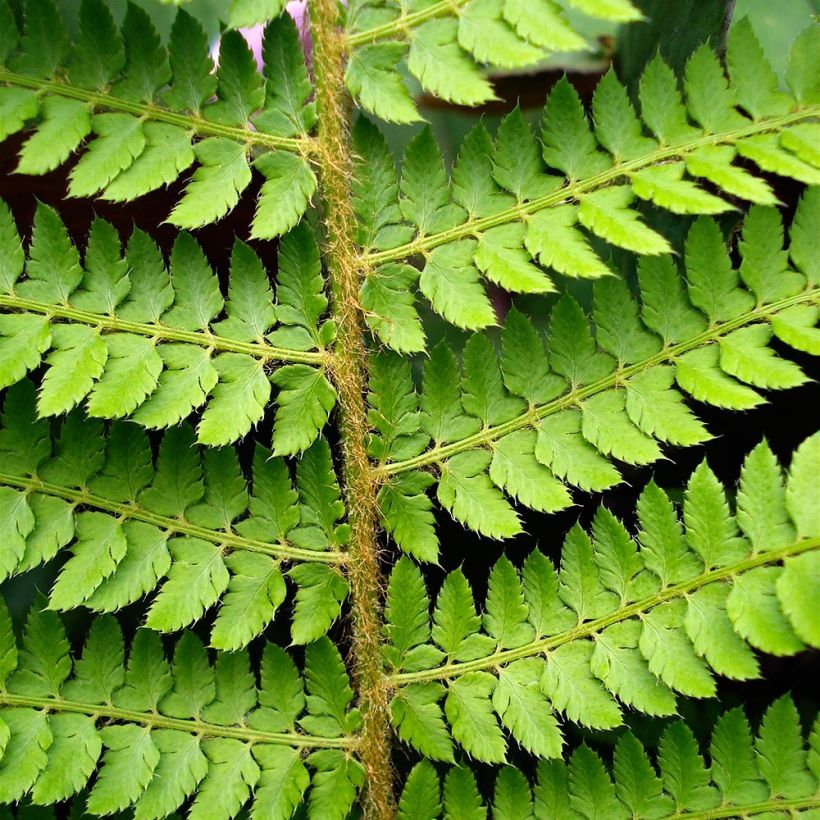

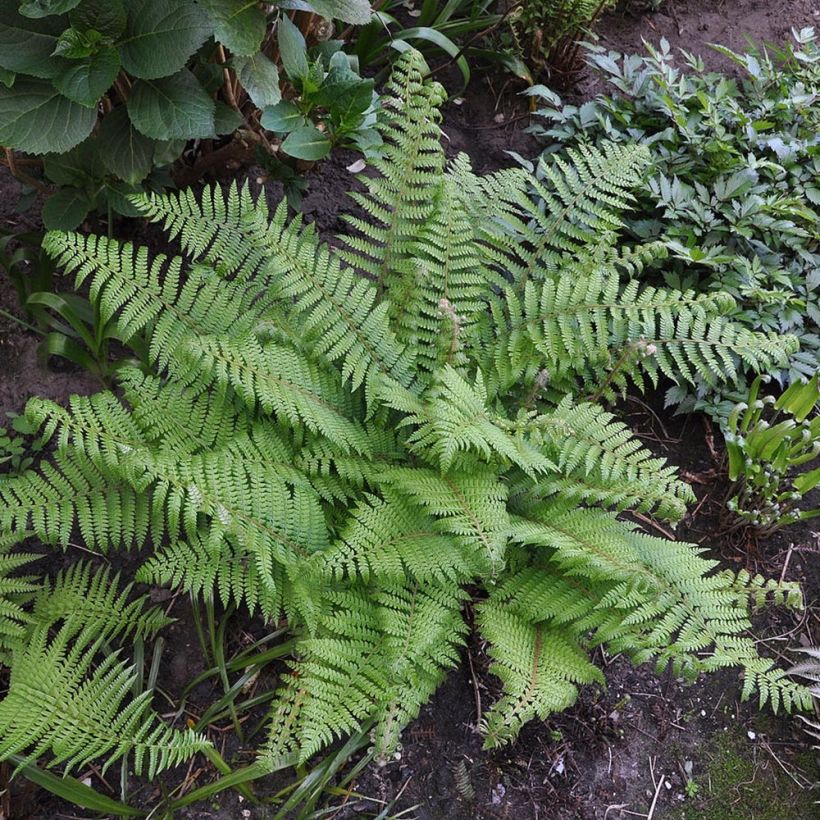

Foliage
Plant habit
Botanical data
Polystichum
setiferum
Herrenhausen
Dryopteridaceae
Soft Shield Fern
Cultivar or hybrid
Other Polystichum
Planting and care
Polystichum setiferum Herrenhausen thrives in shady or semi-shady positions, in humus-rich to clayey, moist but well-drained and slightly acidic or neutral soil. It particularly appreciates a light substrate, composed of compost, sand and dead leaves. Protect the crown with a thick mulch of dead leaves in winter, in regions with wet and very cold winters, to safeguard the stump from excessive winter moisture. The old fronds of these ferns should be cut back in early spring, close to the stump, so that you can fully enjoy the extraordinary spectacle of the new fronds' growth each year. It is hardy to approximately -15/-18 °C (5/0.4 °F).
Planting period
Intended location
Care
-
, onOrder confirmed
Reply from on Promesse de fleurs
Shade-loving perennials
Haven't found what you were looking for?
Hardiness is the lowest winter temperature a plant can endure without suffering serious damage or even dying. However, hardiness is affected by location (a sheltered area, such as a patio), protection (winter cover) and soil type (hardiness is improved by well-drained soil).

Photo Sharing Terms & Conditions
In order to encourage gardeners to interact and share their experiences, Promesse de fleurs offers various media enabling content to be uploaded onto its Site - in particular via the ‘Photo sharing’ module.
The User agrees to refrain from:
- Posting any content that is illegal, prejudicial, insulting, racist, inciteful to hatred, revisionist, contrary to public decency, that infringes on privacy or on the privacy rights of third parties, in particular the publicity rights of persons and goods, intellectual property rights, or the right to privacy.
- Submitting content on behalf of a third party;
- Impersonate the identity of a third party and/or publish any personal information about a third party;
In general, the User undertakes to refrain from any unethical behaviour.
All Content (in particular text, comments, files, images, photos, videos, creative works, etc.), which may be subject to property or intellectual property rights, image or other private rights, shall remain the property of the User, subject to the limited rights granted by the terms of the licence granted by Promesse de fleurs as stated below. Users are at liberty to publish or not to publish such Content on the Site, notably via the ‘Photo Sharing’ facility, and accept that this Content shall be made public and freely accessible, notably on the Internet.
Users further acknowledge, undertake to have ,and guarantee that they hold all necessary rights and permissions to publish such material on the Site, in particular with regard to the legislation in force pertaining to any privacy, property, intellectual property, image, or contractual rights, or rights of any other nature. By publishing such Content on the Site, Users acknowledge accepting full liability as publishers of the Content within the meaning of the law, and grant Promesse de fleurs, free of charge, an inclusive, worldwide licence for the said Content for the entire duration of its publication, including all reproduction, representation, up/downloading, displaying, performing, transmission, and storage rights.
Users also grant permission for their name to be linked to the Content and accept that this link may not always be made available.
By engaging in posting material, Users consent to their Content becoming automatically accessible on the Internet, in particular on other sites and/or blogs and/or web pages of the Promesse de fleurs site, including in particular social pages and the Promesse de fleurs catalogue.
Users may secure the removal of entrusted content free of charge by issuing a simple request via our contact form.
The flowering period indicated on our website applies to countries and regions located in USDA zone 8 (France, the United Kingdom, Ireland, the Netherlands, etc.)
It will vary according to where you live:
- In zones 9 to 10 (Italy, Spain, Greece, etc.), flowering will occur about 2 to 4 weeks earlier.
- In zones 6 to 7 (Germany, Poland, Slovenia, and lower mountainous regions), flowering will be delayed by 2 to 3 weeks.
- In zone 5 (Central Europe, Scandinavia), blooming will be delayed by 3 to 5 weeks.
In temperate climates, pruning of spring-flowering shrubs (forsythia, spireas, etc.) should be done just after flowering.
Pruning of summer-flowering shrubs (Indian Lilac, Perovskia, etc.) can be done in winter or spring.
In cold regions as well as with frost-sensitive plants, avoid pruning too early when severe frosts may still occur.
The planting period indicated on our website applies to countries and regions located in USDA zone 8 (France, United Kingdom, Ireland, Netherlands).
It will vary according to where you live:
- In Mediterranean zones (Marseille, Madrid, Milan, etc.), autumn and winter are the best planting periods.
- In continental zones (Strasbourg, Munich, Vienna, etc.), delay planting by 2 to 3 weeks in spring and bring it forward by 2 to 4 weeks in autumn.
- In mountainous regions (the Alps, Pyrenees, Carpathians, etc.), it is best to plant in late spring (May-June) or late summer (August-September).
The harvesting period indicated on our website applies to countries and regions in USDA zone 8 (France, England, Ireland, the Netherlands).
In colder areas (Scandinavia, Poland, Austria...) fruit and vegetable harvests are likely to be delayed by 3-4 weeks.
In warmer areas (Italy, Spain, Greece, etc.), harvesting will probably take place earlier, depending on weather conditions.
The sowing periods indicated on our website apply to countries and regions within USDA Zone 8 (France, UK, Ireland, Netherlands).
In colder areas (Scandinavia, Poland, Austria...), delay any outdoor sowing by 3-4 weeks, or sow under glass.
In warmer climes (Italy, Spain, Greece, etc.), bring outdoor sowing forward by a few weeks.



































